هنرمندان زمانی شکوفا می شوند که بتوانند عملکرد خلاقانه خود را حفظ کنند و عملکرد خلاقانه آنها می تواند آنها را حفظ کند. من این رابطه بین هنرمندان و زیرساختهای خلاقانهای را توضیح میدهم که کار آنها را با استفاده از استعاره بصری اوروبورو، یعنی مار در حال خوردن دم، ممکن میسازد. Ouroboros این رابطه بین هنر و تجارت یا بهتر بگوییم رابطه بین هنر و پول را به خوبی توصیف می کند. اوروبوروس دیدگاه رایج در رابطه بین هنر و پول را تغییر میدهد، که نشان میدهد هنر برای دنبال کردن پول «میفروشد». اوروبورو این دیدگاه را معکوس می کند: هنر سر است. پول دمی است که در انتها دنبال میشود، در حالی که سر را در چرخهای تغذیه و تغذیه میکند که ارگانیسم – هنرمند – را قادر میسازد نه تنها زنده بماند، بلکه رشد کند. بین هنر و پول بدن است: نوآوری و کارآفرینی. من یک مفهوم عملگرایانه از نوآوری خلاق را به کار می برم: یک ایده بدیع که اجرا می شود و بر یک حوزه تأثیر می گذارد. آیا این کاری نیست که هنرمند انجام می دهد: چیزی جدید و منحصر به فرد خلق می کند که تأثیرگذار باشد؟ کارآفرینی را می توان به عنوان کشف یا ایجاد ساختاری میانجی که می تواند نوآوری هنری را به پول تبدیل کند، به طوری که پول را دوباره در هنرمند سرمایه گذاری کند و هنر بیشتری ایجاد کند، درک شود. اما در اصل خود، حتی سادهتر از آن است: کارآفرینی هنری، هنر را با مخاطب پیوند میدهد.
Artists thrive when they can sustain their creative practice and their creative practice can sustain them. I explain this relationship between the artists and the creative infrastructures that make their work possible by using the visual metaphor of the ouroboros, the serpent eating its tail. The ouroboros efficiently describes this relationship between art and business or rather the relationship between art and money. The ouroboros shifts the commonly held perspective on the relationship between art and money, which suggests that art “sells out” to follow money. The ouroboros reverses that perspective: Art is the head; money is the tail following at the end, while also feeding and nourishing the head in a cycle that enables the organism— the artist— not only to survive but also to thrive. Between the art and the money is the body: innovation and entrepreneurship. I employ a pragmatic concept of creative innovation: a novel idea that is implemented and has impact on a domain. For is that not what the artist does: create something new and unique that has impact? Entrepreneurship can be understood as the discovery or creation of a mediating structure that can convert the artistic innovation into money, so that the money can be reinvested in the artist and the making of more art. But at its very essence, it is even simpler than that: Arts entrepreneurship connects art with audience.
این کتاب را میتوانید از لینک زیر بصورت رایگان دانلود کنید:
Download: Creative Infrastructures









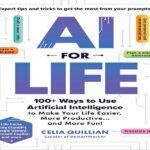



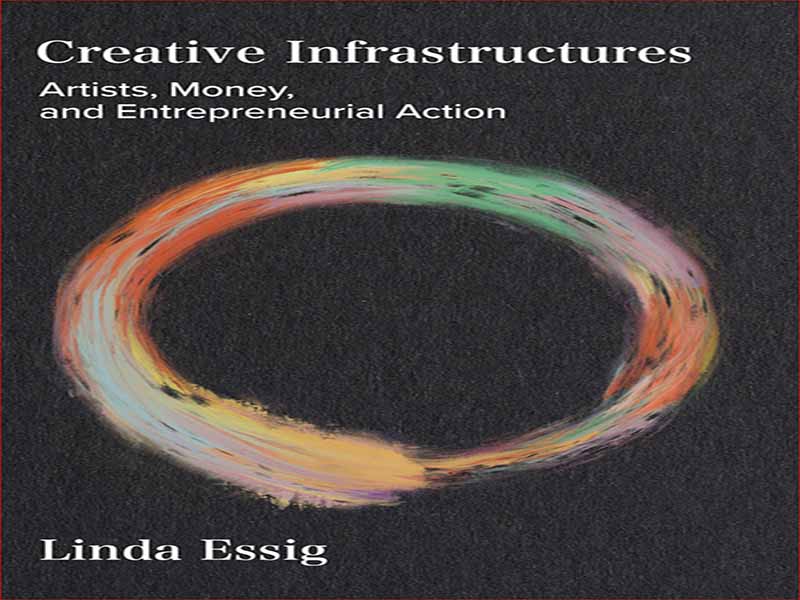

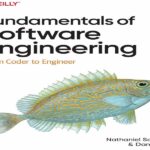
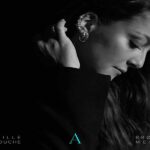

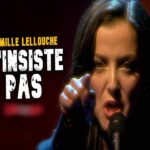
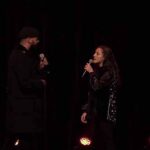
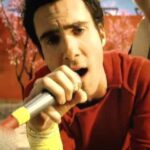

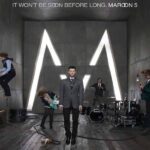
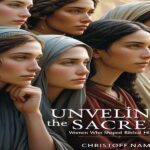
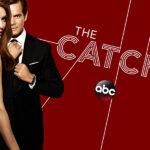











نظرات کاربران